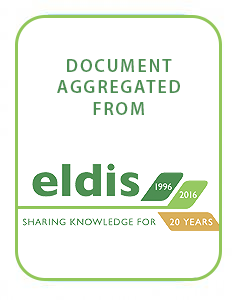A method to calculate economic key figures with regard to plot structure improvements
The aim of land consolidation projects is to improve the competitiveness of agriculture.Since land consolidation is subsidised by national and European means, the effectivenessof such measures must be determined. The following paper presents a method whichmakes it possible to calculate the direct economic effects of land consolidation. Thecalculations, considering labour demand, machinery costs and headland effects, compare theeconomic situation before and after land consolidation. The method was applied to four land consolidationprojects in Bavaria.




